My Wife Wanted to Divorce Me Over Dinner, but Her Next Move Made Everything Worse

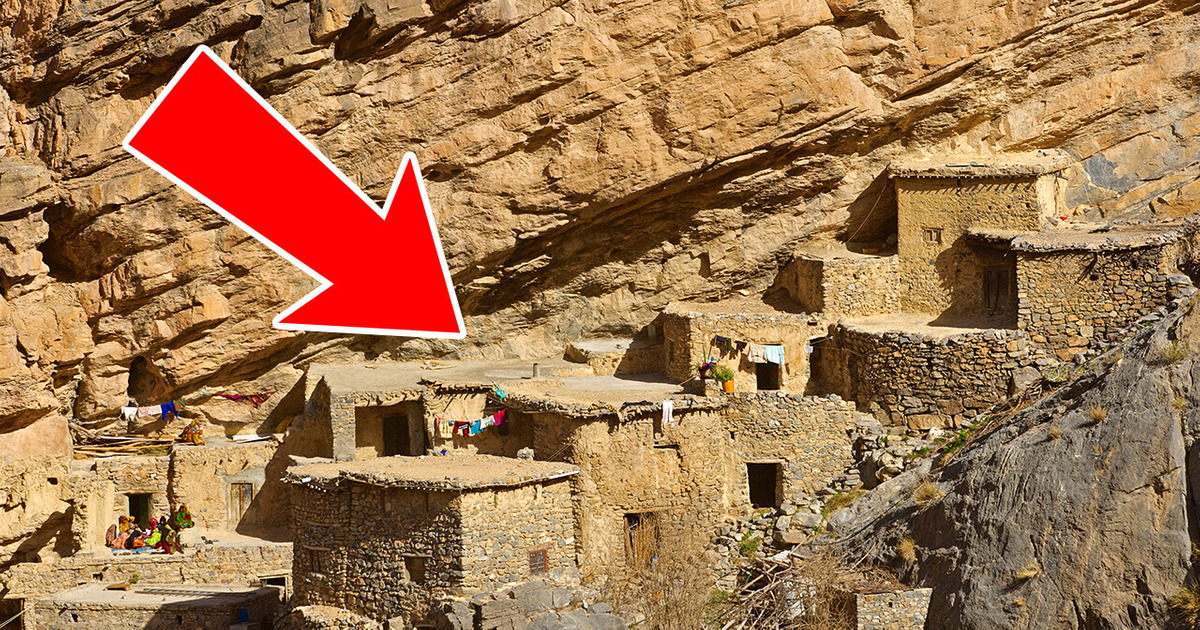
This hidden village is called Aogashima. It’s located right in the middle of a volcanic crater! You can find it to the south of Japan, in northernmost Micronesia. The story goes that a volcano erupted in the Philippine Sea in the 1780s, causing a lot of harm to a nearby community.
Half of the population managed to escape the massive eruption and came back years later to rebuild their village. At the moment, about 160 people are living there peacefully, even though the volcano is still considered to be active.
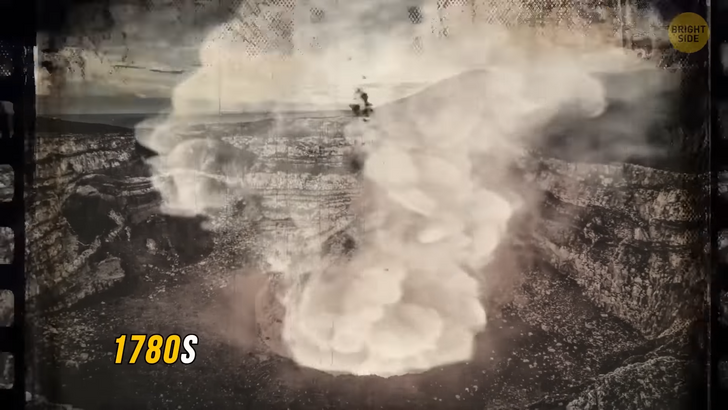
Huacachina, in Peru, lies in one of the driest climates in the world. And still, it’s a beautiful town, surrounded by lush palm trees. It also has a lagoon, which is said to have special healing properties. The settlement has a little over 90 residents that manage small businesses. Most of them use sand as their primary resource. Some offer sandboarding services or even provide luxury dinners in the desert.
For over 500 years, a small group of people has been living on a cliffside of a peak called “the Green Mountain.” It’s one of the most remote places in Oman — and in the whole world! The only way to reach the settlement is on foot, by mule, or by all-terrain vehicle. It’s called Al Sogara, and you need to hike around 20 minutes up a steep stone staircase to get there. The village appeared back when the locals chiseled their houses into the mountain stone to protect themselves from storms and the cold.
Five families of the Alshariqi tribe still call this place home — about 25 people in total. A lot of other villages like this one can be found in the region, but Al Sogara is special because it’s the only one that is still inhabited. Up until 14 years ago, there wasn’t even electricity or telephone lines here. The nearest road you could drive on was 9 miles away. Since there were no schools, people had to learn how to read and write at home, from their elders. To this day, the villagers continue their traditional practice of building their homes by carving them directly into the mountain rock.
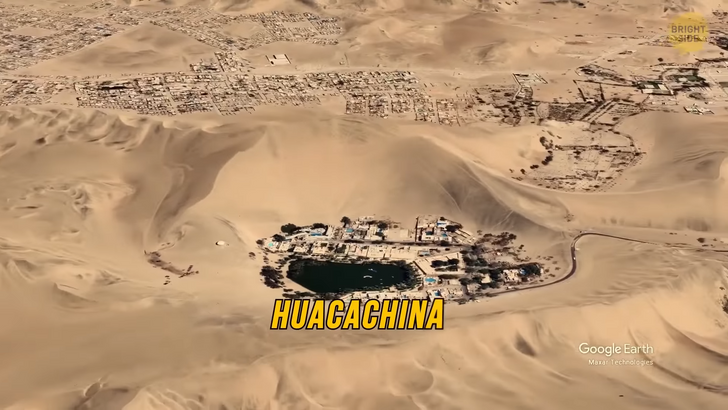
One of the most beautiful Greek gems is Monemvasia, a castle town located in south-eastern Peloponnese. It was designed to be invisible from the mainland for added protection. You can only see it from the sea. And to reach it, you need to follow a narrow pathway that connects it to the mainland. That’s actually how its name came into being — it translates to “a single passage.” Monemvasia was built in the Middle Ages, exclusively carved in the mountain rock. These days, a lot of old mansions have been turned into guesthouses and boutique hotels. Not only is the architecture amazing and beautifully preserved, but it’s also surrounded by crystal clear waters.
A town with no roads? Pack your bags for Giethoorn in the Netherlands — if you don’t mind traveling by boat. The town is very peaceful, probably because everyone here travels by canals! Even the mail gets delivered by water. Since there’s no car traffic and people rarely move around, the town is really quiet. So quiet that the loudest sound one can hear is the quacking of a duck every now and then. It initially started as a movie set, but Hobbiton, in New Zealand, still exists — even after the filming of The Lord of the Rings and The Hobbit was finished. Tours to the charming set town are now available. There are 44 hobbit holes in total, though only a few of them are actually open to the public.
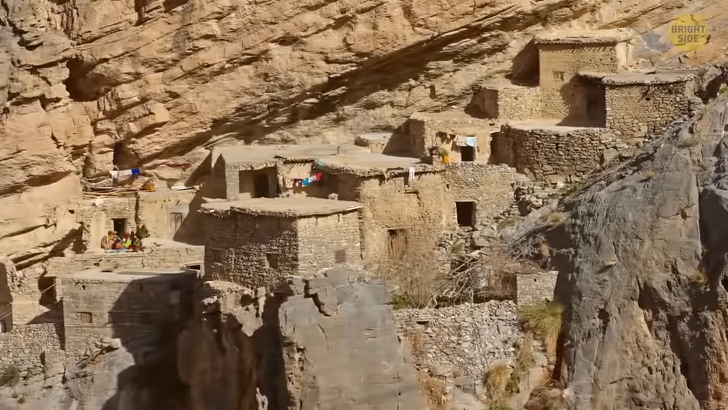
The isolated cliffside village of Gásadalur, in the Faroe Islands, has a population of only 11 people. It’s mostly known for its scenic waterfall, which falls directly into the Atlantic Ocean. You could only reach it on foot, hiking through the mountains not so long ago. However, a tunnel has been constructed recently, making the place easily accessible by car. The 1980s musical Popeye had a custom set built on Malta. It wasn’t taken down after the filming had been finished. And Popeye Village is now home to groups of beautifully colored wooden buildings and a company of actors! There’s a lot of fun stuff to do there, like watch theater shows, go on boat rides, visit museums, or simply explore the creative village.
The oldest and most photographed village in Austria is called Hallstatt. It’s a hidden European gem, with beautifully preserved old buildings and a subterranean salt lake. It’s also home to a museum with artifacts as old as 7,000 years and the world’s oldest salt mine. Fort Bourtange in the Netherlands is a small establishment shaped like a star. Creative part aside, it was built this way for defense purposes. It gave the guards of the fort a strategic advantage because they had a perfect, 360-degree view. These days, the construction is perfectly preserved, including its old buildings, cobblestoned streets, wooden windmills, and sophisticated bridges.
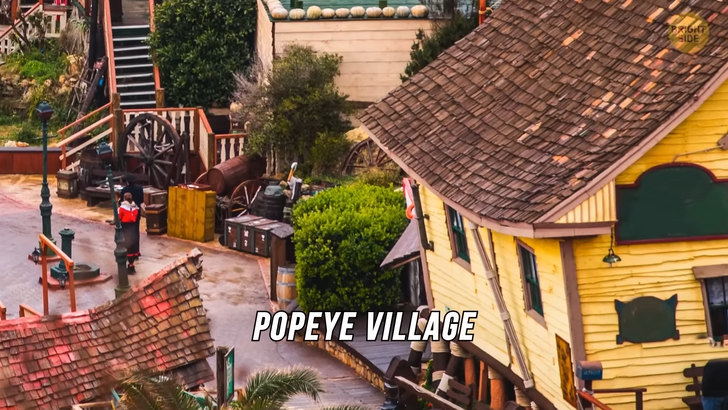
In Morocco, there’s a traditional earthen village made entirely from clay bricks. You can find it in a valley close to the Atlas Mountains, 32 miles from the capital of Morocco. Merchants who followed the Trans-Saharan Trade Route went through this town, carrying spices and gold. As the trade route became less and less popular, many of these fortresses were abandoned and are now preserved relics. It’s one of the best places for skiing in the world — but it’s still hidden from the public. No wonder the locals call it “the secret side of the valley.” Located in Austria, the tiny village of Warth has only a couple hundred inhabitants. Not only is it the snowiest village on Earth, but it also has access to one of the biggest ski slopes in the world. Its popularity increased a bit in 2013 when the construction of a high-speed road was completed nearby.
Burano, in Italy, is one of the most colorful islands in the world. Because of its vibrant colors, it almost looks tropical. It features emerald-green waters, beautiful houses, and a 17th-century bell tower. Its lacemaking tradition brought Leonardo da Vinci to the island back in the 1400s. He bought a piece of cloth there and later used it for the design of the famous Dome of Milan. If you have a UK passport, you must be familiar with the beautiful small town of Bibury, as its scenery is featured in your ID! It’s surely one of the most charming towns in Europe, as it’s made up of stone buildings standing on the river Coln. The image in the UK passports is that of Arlington Row, a line of weavers’ cottages that date back to the 14th century.
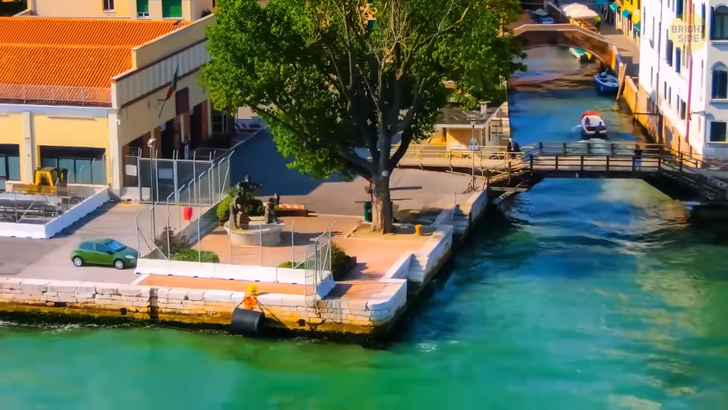
The town of Coober Pedy in Australia is partially underground. It all began back in 1915 when opal deposits were found in the area. To this day, the town is still the biggest opal mine in the world. People living there figured out that it would be more comfortable for them to stick to the underground, as the temperatures outside can reach 125˚F. So the settlement now has underground stores and galleries. Coober Pedy is also home to the world’s first 4-star underground hotel!
To visit the most remote location in the whole world, you’ll need to prepare yourself for quite a journey. If you’re traveling from the United States, for example, the easiest route is a 15-hour-long flight to Cape Town, South Africa, followed by a six-day boat ride. Only after that will you reach Tristan da Cunha. Or you can take a month-long cruise across the South Atlantic Ocean, whatever works better for you. Planning in advance is a must since there are only nine boat trips to the island yearly.
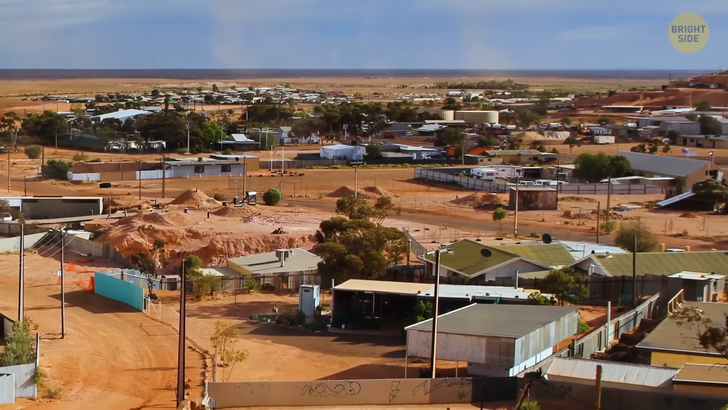
The island itself is just 7 miles long. Sitting right in the middle of the South Atlantic Ocean, it covers a mere 37.8 square miles. The 300 residents are all farmers.
They have the Internet, but it’s really slow. As for a phone network or a local newspaper, neither is available. The inhabitants of the island speak a dialect of English that is used by the smallest number of people in the world.











